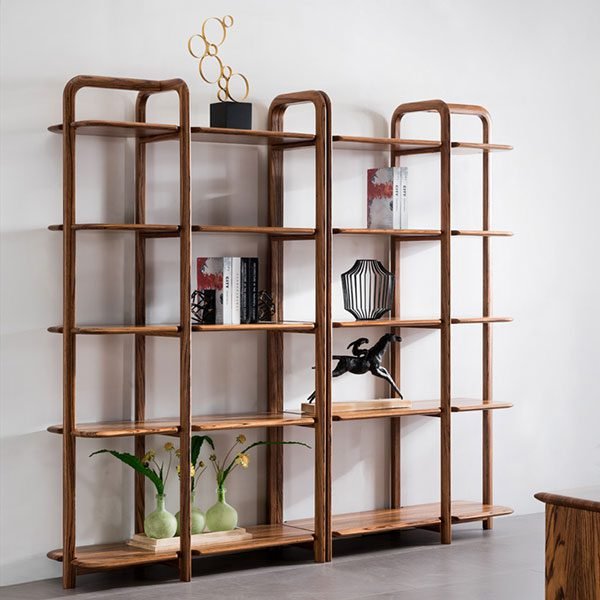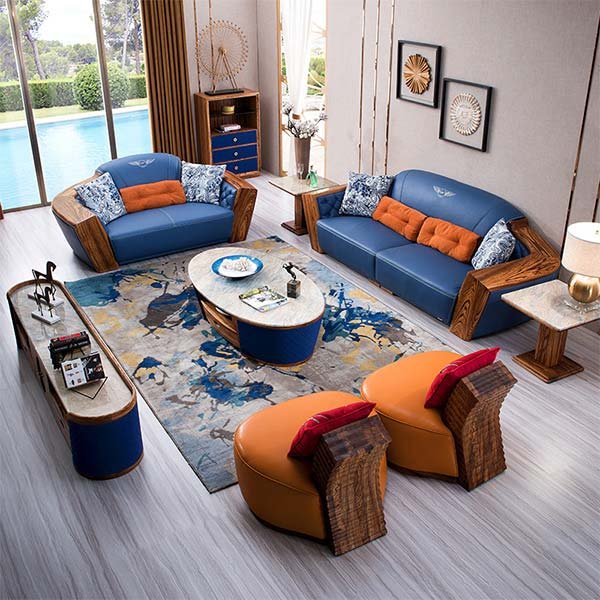“Unveiling the true cost of comfort – Sofa 2025 Cost Breakdown”
Sustainable Materials: The Future of Sofa Manufacturing
Sofas are a staple in most homes, providing comfort and style to living spaces. As consumers become more conscious of the environmental impact of their purchases, the demand for sustainable furniture options is on the rise. In response to this trend, sofa manufacturers are increasingly turning to sustainable materials in their production processes. In this article, we will explore the cost breakdown of a sofa in 2025, from raw materials to retail, with a focus on the use of sustainable materials in sofa manufacturing.
The first step in the production of a sofa is the sourcing of raw materials. Traditionally, sofas have been made from materials such as wood, metal, and synthetic fabrics. However, as concerns about deforestation and carbon emissions grow, manufacturers are looking for more sustainable alternatives. One such alternative is bamboo, a fast-growing and renewable resource that can be used to make durable and stylish furniture. Other sustainable materials that are gaining popularity in sofa manufacturing include recycled plastics, organic cotton, and natural latex.
Once the raw materials have been sourced, they must be processed and assembled into a sofa. This process involves cutting, shaping, and joining the materials to create the frame, cushions, and upholstery of the sofa. Sustainable manufacturing practices, such as using water-based adhesives and low-VOC finishes, can help reduce the environmental impact of this process. Additionally, some manufacturers are investing in energy-efficient production facilities and implementing waste reduction strategies to further minimize their carbon footprint.
After the sofa has been manufactured, it is ready to be sold to consumers. The retail price of a sofa is determined by a variety of factors, including the cost of materials, labor, transportation, and overhead expenses. Sustainable materials, such as bamboo and recycled plastics, may be more expensive than traditional materials, but consumers are increasingly willing to pay a premium for eco-friendly products. In addition, some manufacturers are able to offset the higher cost of sustainable materials by streamlining their production processes and reducing waste.
In conclusion, the cost breakdown of a sofa in 2025 reflects the growing trend towards sustainability in furniture manufacturing. From the sourcing of raw materials to the retail price, manufacturers are increasingly incorporating sustainable practices into their production processes. While the use of sustainable materials may result in higher costs, consumers are willing to pay a premium for eco-friendly products. By investing in sustainable materials and manufacturing practices, sofa manufacturers can help reduce their environmental impact and meet the growing demand for sustainable furniture options.
Technology Integration in Sofas: Enhancing Comfort and Functionality
In the world of furniture manufacturing, the sofa is a staple piece that can be found in nearly every home. As technology continues to advance, the integration of new technologies into sofas has become increasingly popular. These technological advancements not only enhance the comfort and functionality of sofas but also impact the cost breakdown from raw materials to retail.
One of the key technological advancements in sofas is the integration of smart features. Smart sofas are equipped with sensors and connectivity capabilities that allow users to control various functions such as reclining, massage, and even temperature settings. These features not only enhance the overall comfort of the sofa but also provide users with a more personalized and convenient experience.
The integration of smart features into sofas involves the use of various components such as sensors, actuators, and connectivity modules. These components are typically sourced from specialized suppliers and integrated into the sofa during the manufacturing process. The cost of these components can vary depending on the quality and complexity of the smart features being integrated.
In addition to smart features, technology integration in sofas also includes the use of advanced materials and manufacturing techniques. For example, some sofas are now being made with memory foam cushions that provide superior comfort and support. These materials are often more expensive than traditional cushioning materials but offer a higher level of comfort and durability.
Furthermore, advanced manufacturing techniques such as 3D printing and robotic assembly have also been integrated into the production process of sofas. These techniques allow for greater precision and efficiency in manufacturing, resulting in higher quality products at a lower cost. However, the initial investment in these technologies can be significant, impacting the overall cost breakdown of the sofa.
When it comes to the retail price of a sofa, the cost breakdown from raw materials to retail includes various factors such as labor, overhead, and profit margins. The integration of technology into sofas can impact each of these factors in different ways.
For example, the use of advanced manufacturing techniques can reduce labor costs by streamlining the production process and increasing efficiency. This can result in a lower overall cost of production, allowing manufacturers to offer sofas at a more competitive price point.
On the other hand, the integration of smart features and advanced materials can increase the cost of raw materials and components, as well as the cost of research and development. These additional costs are often passed on to the consumer in the form of a higher retail price.
Overall, the integration of technology into sofas has the potential to enhance the comfort and functionality of these pieces of furniture. However, it also impacts the cost breakdown from raw materials to retail, with various factors such as component costs, manufacturing techniques, and labor all playing a role in determining the final price of a sofa.
As technology continues to advance, we can expect to see even more innovative features and materials integrated into sofas, further enhancing their comfort and functionality. However, it will be important for manufacturers to carefully consider the cost implications of these technological advancements in order to offer consumers a high-quality product at a competitive price.
Customization Trends in Sofa Design: Meeting Consumer Preferences
Sofas are a staple piece of furniture in most homes, providing comfort and style to living spaces. As consumer preferences continue to evolve, customization trends in sofa design have become increasingly popular. From choosing the fabric and color to selecting the size and shape, consumers are looking for sofas that not only fit their space but also reflect their personal style.
When it comes to customization, one of the key factors that consumers consider is the cost breakdown of the sofa. Understanding how the cost of a sofa is determined can help consumers make informed decisions when selecting a customized piece for their home. From raw materials to retail, there are several factors that contribute to the overall cost of a sofa.
The first step in the cost breakdown of a sofa is the raw materials used in its construction. The type of wood, foam, fabric, and other materials used will impact the overall cost of the sofa. High-quality materials will typically result in a higher cost, but they also contribute to the durability and longevity of the sofa. Consumers who are looking for a long-lasting piece of furniture may be willing to invest in higher-quality materials.
In addition to the raw materials, the manufacturing process also plays a significant role in the cost breakdown of a sofa. Skilled labor, machinery, and overhead costs all contribute to the final price of the sofa. Customization options, such as hand-stitched details or unique design elements, may also increase the cost of the sofa. Consumers who are looking for a one-of-a-kind piece may be willing to pay a premium for these customization options.
Once the sofa has been manufactured, it is then transported to the retailer. Shipping and handling costs, as well as import fees for sofas manufactured overseas, can also impact the final price of the sofa. Retailers may also add their own markup to cover overhead costs and generate a profit. Consumers should be aware of these additional costs when considering the overall price of a customized sofa.
As customization trends in sofa design continue to grow, consumers have more options than ever before when it comes to selecting a sofa that fits their space and style. From choosing the fabric and color to selecting unique design elements, consumers can create a sofa that is truly their own. However, it is important for consumers to understand the cost breakdown of a sofa in order to make an informed decision.
By considering the raw materials, manufacturing process, and retail markup, consumers can better understand why a customized sofa may have a higher price tag than a mass-produced piece. While customization options may increase the cost of a sofa, they also allow consumers to create a piece of furniture that is tailored to their individual preferences. As customization trends in sofa design continue to evolve, consumers can expect to see more options for creating personalized and unique pieces for their homes.
Conclusion
The cost breakdown of a sofa in 2025 includes raw materials, manufacturing, transportation, marketing, and retail markup. Raw materials account for approximately 30% of the total cost, while manufacturing and transportation make up another 30%. Marketing expenses typically represent around 10% of the cost, with the remaining 30% being the retail markup. Overall, the cost breakdown of a sofa in 2025 is influenced by various factors, including material prices, labor costs, and market demand.



